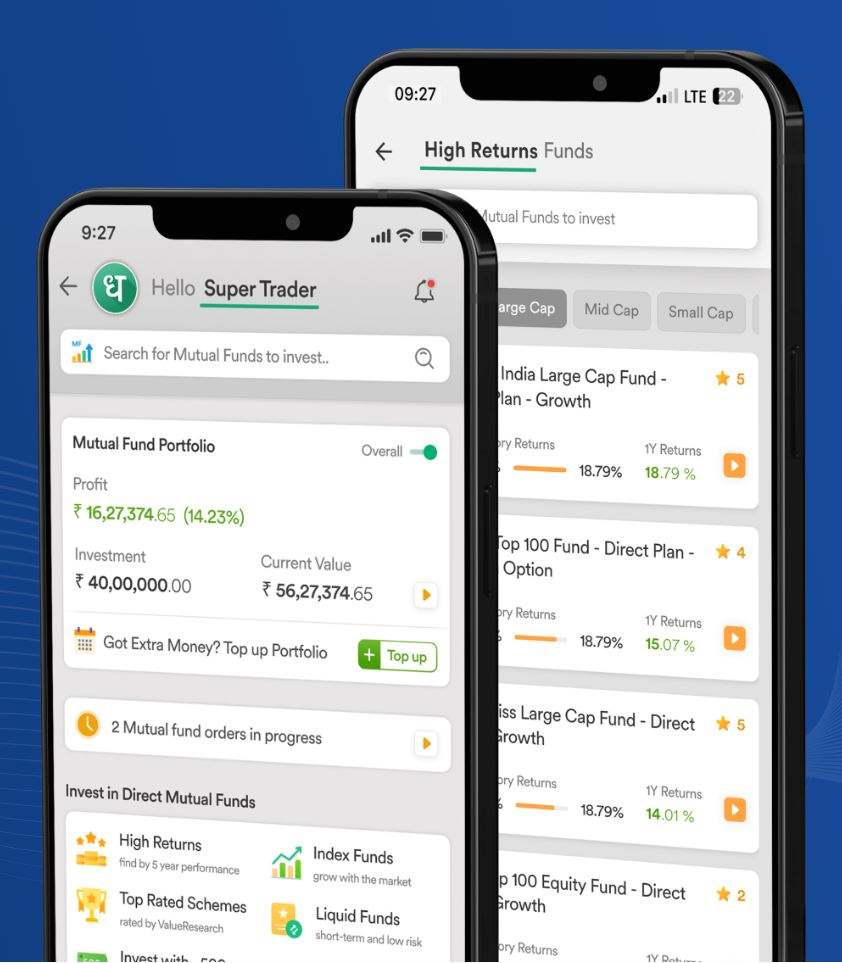Steps To Accept Credit Card Payments In-store Or Online
Even with the worldwide growth of online payment services, it is no doubt that credit card payment is still the most used and convenient method for most of the population. Businesses rely on the payment systems in place for credit cards to run. Small traders and retailers help ease the payment situation by letting customers use a credit card with the processor. Credit card processors might charge high fees, but it gets offset by big sums of payment through them. Knowing how payment works through credit cards in stores and online is helpful and necessary.
How do payments through credit card work?
When a customer, after availing of the service, inserts, taps, or swipes the card at the physical terminal of payment, the processor exchanges some messages with the customer's bank or financial institution. It chooses whether or not to approve the payment.
Payment processors are the channel between the seller/merchant and the credit card institution. For the service it provides, the credit card processor takes a commission from the credit card sales. It is usually between 2% to 3%. The processor may sometimes even charge a small flat fee on each transaction. Once the payment is approved, the amount is transferred to the payment service provider. Usually, in 1-2 business days, the amount is sent to your bank account minus the fees. Some credit card companies may charge extra fees, such as merchant fees and chargebacks, depending on the company. Best credit cards usually have their advantages.
Steps to accept the credit card payments
You must set up a bank account before you can start to accept payments through cards. These business accounts will help you get payments from credit card companies. Once this is all done, it is time to set up the things needed to receive payments in your shop, whether physical or online.
Steps to accept credit card payments in-store
In-store are the places where payments happen inside a traditional physical location. These are retail stores, restaurants, or offices. Below are the types of equipment and services needed to accept payments through credit cards at a physical location:
● To accept payments through credit cards, you need a point-of-sale (POS) system with a card reader or a terminal of a credit card that can process the transactions on its own.
● Customers can enter their identification number (PIN) or sign to authorise the ongoing transaction on screen, if necessary.
● The payment processor is a vendor who processes the transactions when the customer pays with a credit card.
● Point-of-sale (POS) system is the hardware and software that offers the physical tools necessary to complete transactions. They may include card readers, barcode scanners, etc. You generally need to purchase the hardware and pay a monthly fee for the software that comes with it.
● Payment terminals are devices that can process transactions from both credit and debit cards. You can get the device along with the POS system. You will use this to handle all credit card payments, including those with magnetic chips. EMV chips etc.
Steps to accept credit card payments online
Also known as eCommerce payments, online payments are made over the internet. The method mostly works in the same manner as with the physical payment. Below are the steps to follow to implement this kind of transaction:
● To accept online payments, you need an account with a payment service provider (PSP), such as UPI, Stripe, and PayPal. It is the same as the payment processors in physical transactions.
● The next step is to connect the website with the PSP. It is fairly easy to do, but if you don't wish to, a simple button that takes the customer to pay through a third party will also do the work.
Steps to accept credit card payment using mobile
It is a handy step if the business is on the run. A mobile payment system helps when you have different shops at different locations. Mobile payments work the same as physical transactions and online payments. Here are the steps to implement:
● Point-of-sale (POS) apps such as Google Pay, Apple Pay, Venmo, and PayPal are needed for mobile payments. People use these services to transfer personal payments.
● Point-of-sale (POS) hardware is used to process transactions through mobile. It has card readers that link to your phone and tablet to let you process the payment on the spot.
Credit card payments vs Debit Card
Both transactions look the same, but the difference is mostly on the back end. During a debit card transaction, the money is immediately transferred from the customer's bank account, which is not the case with credit cards. The money is received in the merchant account on the same day. Credit card transactions require the payment processor to send the money to merchants and thus can take up to 2-3 business days.
Conclusion
Payments through credit cards are hassle-free and give convenience to both the customers and the merchants. Businesses often choose cards over cash transactions, and while they have to pay fees on each credit card payment, the benefits of large sums of transactions offset it. Best credit cards provide services that benefit both the customer and the business. Thus, the acceptance and usage of credit card payments go wide.









